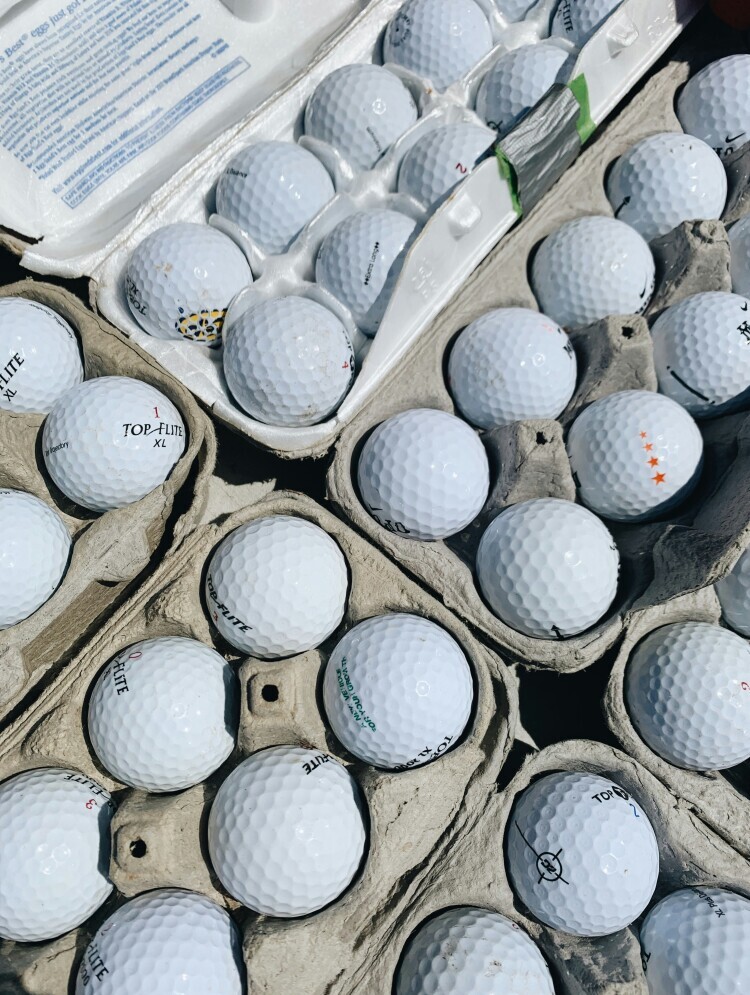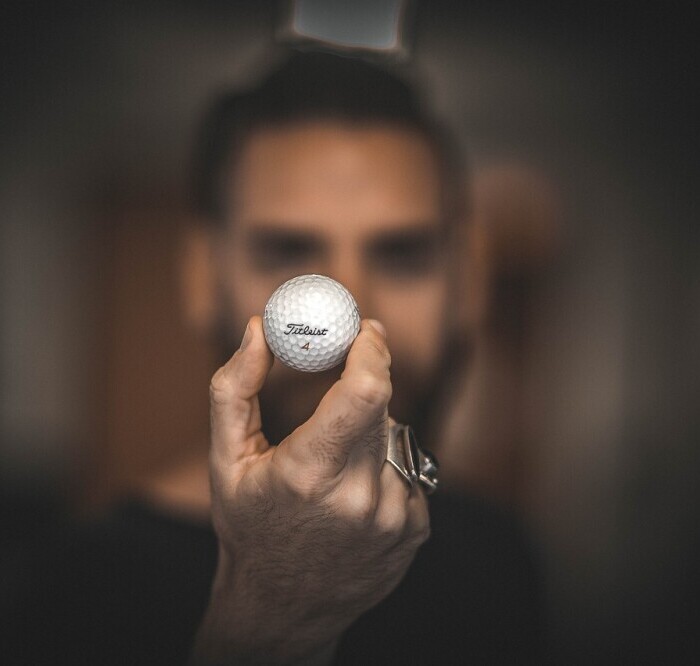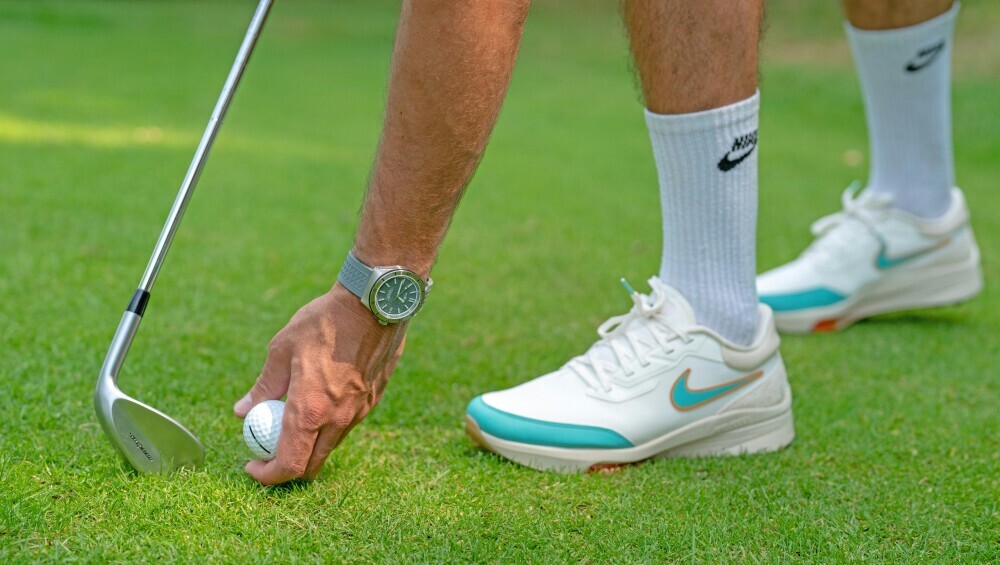What Is A Golf Ball?


Fore! Quick note: a few links here are affiliate links. If you snag gear through them, I earn a small commission — no extra strokes added to your game.
A golf ball isn’t just a simple sphere; it’s a marvel of sports engineering. Let’s start with the basics. A golf ball is a specially designed ball used to play the beautiful game of golf. But what sets it apart is how it’s crafted to improve your gameplay. Just think about bouncing one on a hard surface; you’ll notice how lively it is. That’s owing to its core design, crucial for the energy transfer from your swing. Come into the classroom of the golf viking, because we’re talking golf balls.
So, why exactly do we need a golf ball? It’s all in the performance. The golf ball is there to optimize the distance and control of your play. With its dimpled surface, it’s engineered to reduce drag and enhance lift, giving each stroke maximum flight efficiency. The design isn’t just for looks; those dimples actually help stabilize the ball in the air, which really packs a punch when you aim for that perfect shot.
Golf ball designs have definitely come a long way and evolved along with the sport itself. We’re talking about centuries-old tweaks and innovations leading to today’s high-tech designs. From old-school hand-crafted leather pouches stuffed with feathers to multi-layered beauties with ultra-modern cores, every design choice has opened up new ways to play the game.
The modern golf ball is a piece of equipment that represents a blend of tradition and innovation. Whether you’re a casual player or a seasoned pro, knowing what’s at the heart of your game ball can give you a new appreciation for its role in enhancing your performance on the course. So what types of golf balls are there?
While the golf ball is the centerpiece of the game, your ability to control it greatly depends on your golf swing. Learn more about improving your swing with our detailed guide on the mastering the golf swing.
Ready to level up your golf game? Click here.

Exploring the Diversity: Types of Golf Balls Available Today
Golf balls might seem all the same at a first glance, but just like different clubs in your bag, they each bring something unique to the table. With choices abound, it’s all about finding the right match for your play style. There are many different brands and companies that make golf balls, but don’t make things too complicated. Don’t let the balls that you have stop you from enjoying the golf.
Let’s break down the categories. You’ve got your distance balls, your control balls, and your spin balls. Distance balls are more like your reliable buddy—they help you hit farther due to their firmer outer layers and core. Perfect for those who love a powerful drive off the tee. Then come the control balls, with a softer feel that’s perfect for golfers who prioritize precision and managing their shots around the course. Last but not least, there are spin balls, which give players exceptional control over the ball’s rotation, often favored by pros when they’re looking to shape the shot exactly right.
The magic lies in their construction. Different golf balls vary in the number of layers and materials used. A two-piece ball is usually geared for distance, whereas multi-layered ones fit those aiming for extra spin and control. The outer shell and core materials mix to create a balanced game experience. So the contents of the ball will depend on the type of ball you’re hitting which is designed for a certain type of shot.
When picking a ball, consider the game conditions. Heading out on a windy day? A low-spin ball might handle the elements better. Looking to up your shot game? A high-spin ball helps it stop quickly on the green. Choosing the right type isn’t just about the ball—it’s about matching it to your playing style and the conditions you’re facing. The ball you play with may vary depending on these conditions.
Having options means you’re never stuck with one-size-fits-all. Taking time to experiment with different types can enrich your playing experience, helping you refine your strategy and play your best round every time you hit the course. Let’s talk materials.
Different balls respond uniquely around the greens, especially during short game shots. To sharpen your skills, check out our post on short game mastery.

From Core to Cover: The Materials and Manufacturing of Golf Balls
The materials that make up a golf ball are the secret sauce to its performance. At the heart of it lies the core, often made from rubber or synthetic substances. This core is the engine of the golf ball, storing and releasing energy to power your drives down the fairway.
Surrounding the core is a layer or multiple layers, each adding a distinct quality to the ball. For many balls, these inner layers might be engineered out of more rubbery materials which help manage the ball’s spin. Meanwhile, the outer cover—crafted usually from urethane or Surlyn—ensures durability and adds the necessary texture that aids in creating spin and control.
The process of making a golf ball involves high-precision manufacturing techniques. It starts with molding the core, followed by applying various layers that are molded around it. These processes are tweaked precisely to achieve the desired balance between distance and control.
Advancements in technology have brought us to this point, where every aspect of a golf ball—from material choices to its final flight—is crafted with purpose. Computer simulations and machine precision now dictate the exactness of each dimple or layer thickness, pushing performance boundaries.
Understanding what goes into the making of a golf ball gives you a deeper grasp of why some shots just feel better than others. It’s not just about what it’s made of but how it’s put together, reflecting the finesse and thought invested into each little sphere. So what makes the golf ball so special?
If your golf ball often slices or hooks, the issue may not be the ball itself but your swing technique. Our guide on how to fix a slice can help you make straighter, more consistent shots.

Beyond Functionality: The Aesthetic Appeal and Uses of Golf Balls
Golf balls aren’t just functional objects—they’re crafted with a touch of beauty that showcases craftsmanship in every pattern and curve. The dimples are not only about aerodynamics; they add an element of visual appeal, much like a gleaming paint job on a classic car. Each ball is a piece of art, with its meticulous design meeting the golfer’s personal taste.
Beyond their obvious role on the course, golf balls have found utility in various creative arenas. Be it art installations, desk decorations, or scientific experiments, these balls offer much more than just a game experience. Their resilience and design inspire people in unexpected ways.
On the course, the golf ball is a tool and an ally. You can feel its true potential when you see it sailing perfectly towards the green or curving out of a tricky spot. Its subtle beauty lies in both the predictable and the unpredictable, making every game a unique adventure.
Golf is as much about the experience as it is about the technique. The golf ball’s seamless blend of function and design contributes to that experience. It’s not just a tool—it’s part of the passion that drives players back to the greens time and again. I’ll see you out on the golf course, with your new golf balls!
Beginners might find that certain golf balls perform better with more forgiving clubs. For those just starting out, our post on the top 10 iron sets for beginners is a helpful resource.


